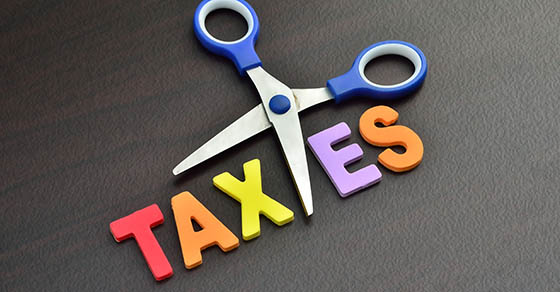If you are a Private, Close Corporation, Co-Operative or Personal Liability company, then this salvation might be for you. The above-mentioned companies may be classified as Small Business Corporation if they meet the requirements of being as such (SBC).
Let us look into what is required for a company to be classified as a Small Business Corporation and be able to get the tax treaties.
- All the holders of shares in the company or members of a close corporation, co-operative or personal liability company must, at all times during a year of assessment be natural persons. A natural person is simply a human being, distinguished from the broader category of a legal person.
- No holders of shares or members should hold any shares or have any interest in the equity of any other company, other than companies as specified in the definition of “small business corporation” in section 12E(4).
- The gross income of the entity for the year of assessment may not exceed R20 million.
- Not more than 20% of the total of all receipts and accruals (other than those of a capital nature) and all the capital gains of the entity may consist collectively of “investment income” as defined in section 12E(4) and income from rendering a “personal service” as defined in section 12E(4).
- The company may not be a “personal service provider” as defined in the Fourth Schedule. However, should that company employ three or more full time employees throughout the year of assessment and those employees are engaged in the business of rendering the specific services, then that company will be excluded from the personal service provider definition and therefore will qualify as an SBC.
If you meet the above requirements, then salvation has landed on your company.
- The Small Business Corporation tax law allows for two concessions which the first one is that the company will be taxed at a progressive rate. The tax tables are published and available on SARS website.
- The second concession is the immediate write-off on all plant or machinery brought into use for the first time by the company for the purpose of its trade and used directly in the process of manufacture in the year of assessment.
Furthermore, the company can elect to claim depreciation on its depreciable assets (other than manufacturing assets) acquired on or after 1 April 2005 under section 12E(1A) at either; a wear and tear allowance of 40% in the first year of use and 20% in the preceding three years as per section 11(e)- Machinery, plant, implements, utensils and articles for new and unused machinery assets.
If the machinery is not new and unused, an allowance of 20% per year over five years is available. An accelerated write-off allowance at 50% of the cost of the asset in the year of assessment during which it was first brought into use, 30% in the first succeeding year of assessment; and 20% in the second succeeding year of assessment is also available as an option.
This means that an SBC can therefore choose to elect either the wear-and-tear allowance under section 11(e) or the accelerated allowance. The tax law allows an SBC the flexibility to choose which option to elect according to what will work for them.





